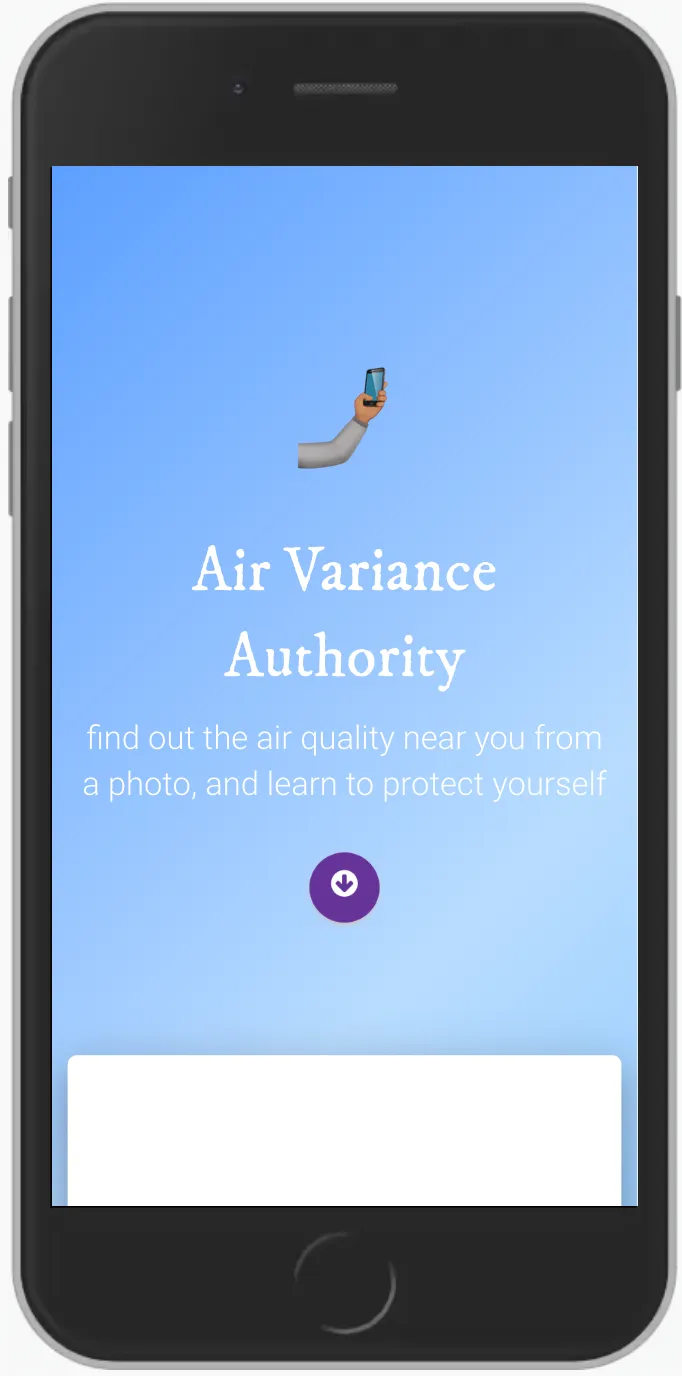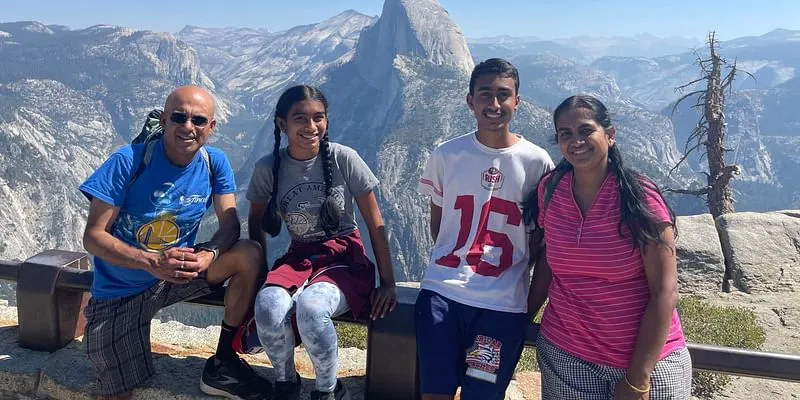This Indian-American high schooler built an app that determines air quality through images
Vishwa Iyer wanted people to be able to understand the air quality around them simply by clicking a picture of the sky.
Seeing the natural beauty of several countries as a child inspired a love for nature and passion for the environment in Vishwa Iyer. But it was learning about how many people die due to air pollution in India that spurred him to action.
Currently a senior at American High School in Fremont, California, Vishwa built Air Variance Authority (AVA), an app that helps determine air quality through images. Launched earlier this year, it is now available in the browser and through an Android app on the Google PlayStore.

“Air Quality Index (AQI) sensors are expensive and are not available to a large population in India. However, there are over 800 million smartphones in India, and that number continues to grow,” Vishwa shared with SocialStory.
Exploring the juxtaposition of his interests in data and the environment, Vishwa undertook research into air quality and resources available to Indians. He decided that the best way to help people would be through a program that identified the air quality through a picture.
Building the datasets to power AVA
“The program should run simply: take a picture and find out the AQI. I realised that I could use Artificial Intelligence for this problem, so I started to build the dataset,” he explains.
Many people in India and all over the world take and post photos of the polluted sky with #smogselfies on Instagram and Twitter. He used these photos and marked them with the AQI on the day they were taken. He also found other pictures on Google and used some pictures that were taken by him and his friends.
“I manually labelled over 200 photos and I had a database of photos which were matched to AQI values,” he remarks.
There are two models behind AVA -- one is a 16 layer convolutional neural network model, deployed on Google Cloud, which is trained on the aforementioned dataset. When a photo is uploaded, the model can predict which AQI bucket the photo would fall into.
“The newer model is built for rural Indians and does not require any Internet. It is a simple k-Nearest-Neighbour algorithm where the red, green, blue (RGB) value of the sky in the photo is taken. This value is compared to those in the dataset, and the nearest neighbour (closest value) is found. The picture is assigned to the same AQI bucket that the nearest neighbour belonged to,” he adds.
In a research paper that he wrote about the project, Vishwa underlines that the app has been deployed in California where wildfires cause the AQI to shoot over 100 as well as industrial belts near cities in West Bengal and Uttar Pradesh.
In India, AVA competes with existing apps that provide information about air quality such as System of Air Quality and Weather Forecasting And Research (SAFAR), which was developed by the Ministry of Earth Sciences, AirVisual and Air Quality by PLUME Labs.

Empowering people with information
Vishwa has partnered with several local foundations, including the Chopra Foundation, which is helping him deploy AVA on the ground. He is also in the process of collaborating with panchayats and local governments to update the public health guidance accordingly.
For example, the public health guidance for images with AQIs above 300 reads: According to our AI, your surroundings are currently highly polluted. We believe that the AQI in your photo is higher than 300. AQI values over 300 trigger health warnings of emergency conditions. Please avoid going outside without an N95 anti-pollution mask.
To date, AVA has registered 5,000 unique users who have uploaded 15,000 images and received guidance. Feedback from the users shows that by using the app, they were able to make changes to their daily schedules to step out during time periods when there was less pollution. Armed with knowledge, some users have also asked their sarpanch to delay factory openings in the mornings to enjoy the clean morning air.
The app is currently available in English, Hindi, and Tamil, but Vishwa hopes to reach more people by translating into more local languages.
Encouraged by the progress thus far, Vishwa hopes to improve the app in the future so that it takes into account other factors such as wind, sunlight, and temperature to make a better decision on the AQI.
He wants to partner with local governments and non-profits to raise awareness about his program and air quality in general. “It would be amazing if I could expand AVA to several other countries, and I am working towards that,” he says.
Edited by Megha Reddy


![[Startup Bharat] This Roorkee company is developing masks to keep people safe from air pollution](https://images.yourstory.com/cs/2/b094ec506da611eab285b7ee8106293d/imageonline-co-logoadded63-1630568090081.jpg?fm=png&auto=format&h=100&w=100&crop=entropy&fit=crop)




